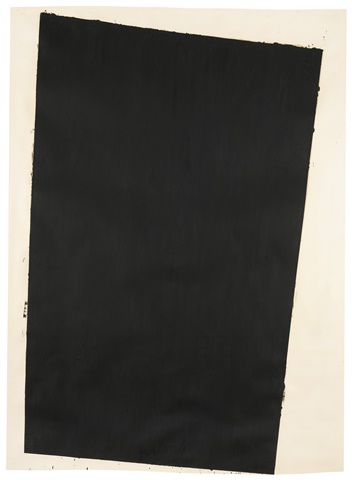Analysis
Richard Serra’s Market Distorted by Online Auctions


A 2009 drawing by Richard Serra sold for $905,000 on May 14, 2014 at Christie’s in an online-only sale. But the sale isn’t listed on Christie’s site, and the artist’s record at auction for a work on paper, per the artnet Price Database, is $701,000, set at Sotheby’s at the same auction. The discrepancy is due to the fact that auction companies like Christie’s, Sotheby’s, and Paddle8 aren’t required by federal law to report their online sales, as per an article in Bloomberg. And the result of this lack of transparency is that the market is getting distorted.
This opacity gives buyers an easy way to buy and swiftly flip (resell) an artwork, accruing profits or trying out the market without the risk of hurting the work’s value if it fails to sell.
With eBay and Sotheby’s having recently announced their second attempt to team up for online sales, all eyes are focused on the pros and cons of such a venture, and of Internet auctions in general. But e-commerce is appreciably larger today than it was in 2002, when Sotheby’s and eBay first tried this. In 2013, Christie’s online-only sales brought in some $20.8 million, up from $4.7 million in 2012, according to an online art market report released by Hiscox and ArtTactic. They had 49 online-only sales in 2013 up from just seven in 2012. Yet, the online world is as wild and wooly as ever.
“If the work doesn’t sell, it disappears without a trace,” art law specialist Thomas C. Danziger, a partner at Danziger, Danziger, and Muro, told Bloomberg, “It’s as if the work hasn’t been up for sale. I can reoffer it the day after at Christie’s or Sotheby’s and nobody should know it didn’t sell before.”
By 2020, online art sales could reach $13 billion, per the release that eBay and Sotheby’s sent out announcing their partnership. In 2013, online art sales comprised roughly 5 percent of the international art market, totaling over € 2.5 billion (roughly $3.3 billion), according to the Art Market Report 2014 gathered by Clare McAndrew, who in 2005 founded Arts Economics, a research and consulting firm specializing in the art market. “From the perspective of an individual or an expert,” McAndrew told Bloomberg, “this definitely distorts the market.”